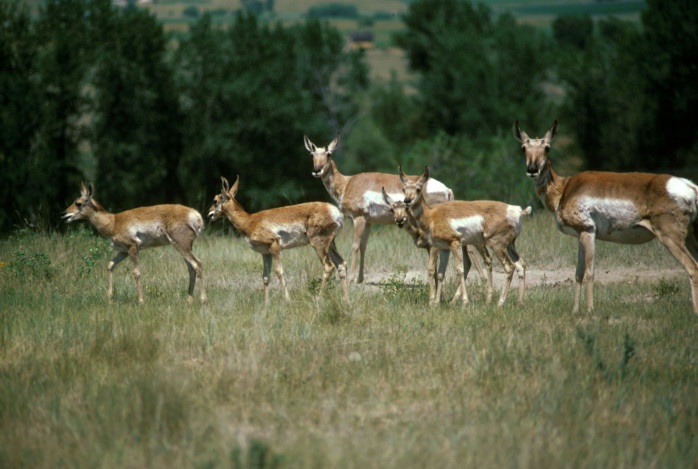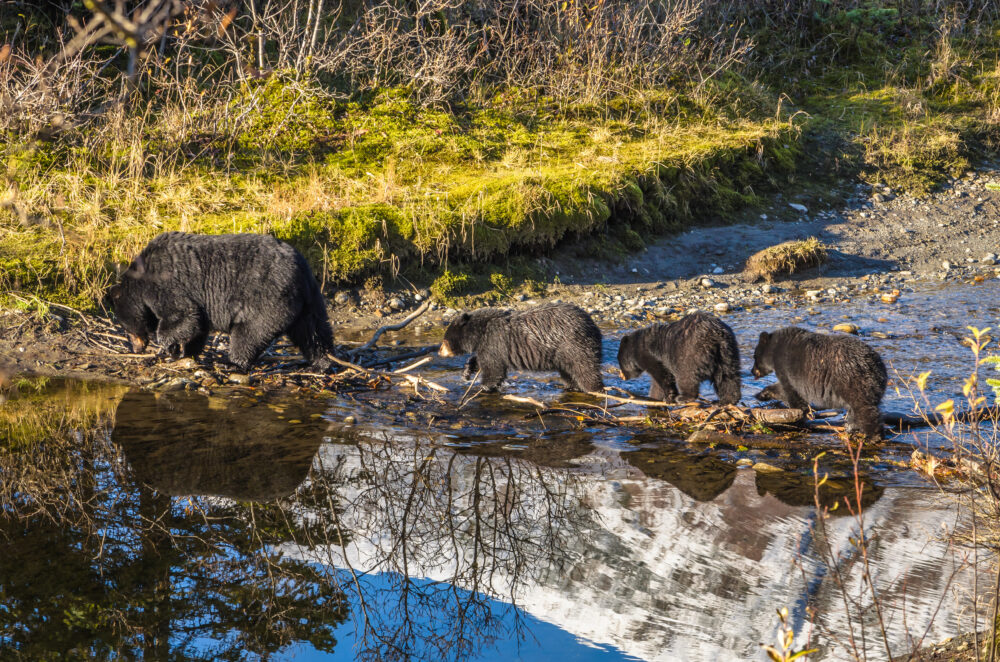We have much more to do and your continued support is needed now more than ever.
How many grassland animals do you know?
Last week the 2012 Farm Bill began its long journey through Congress in the Senate Agriculture Committee, where it passed 16-5. While we think it is a good starting place, there are still critical protections for wildlife that are missing. For the past couple of years, I have been researching and following this massive, comprehensive, and far-reaching piece of legislation, and I’ve come to understand that each farm bill is it’s own beast. The farm bill is huge, it’s complex, and there is always a lot to be said about it.
For now, I’d like to accentuate the positive. NWF has been working hard to make sure wildlife is represented – read our 2012 Farm Bill priorities to learn more. We were pleased that one of our priorities – protection for native grasslands through a Sodsaver provision – was included in the Senate Agriculture Committee’s bill. I have written before about Sodsaver, a provision that will limit federal subsidies on native grassland converted into cropland.
Native grassland is an extremely valuable and under-appreciated biome in the US. I grew up a stone’s throw away from the Appalachians, and I remember clearly the first time I drove across the plains states. I had never seen the horizon so far away before, and the land stretching out flat, or slightly rolling until it met the sky. I have only recently started to learn how many amazing plants and animals live in the grasslands – like prairie chickens and Sandhill cranes.
5 Grassland Species
Here are 5 species that can thank the Senate Agriculture Committee for protecting their homes by including a Sodsaver provision – how many of these species did you already know? How many more can you name?


Snakes are key predators and an important part of prairie ecosystems. Prairie kingsnakes are common grassland snakes that come in a variety of shades of grey to brown. They are non-venomous and they don’t usually bite, but they shake their tales if they feel threatened.


Butterflies that depend on prairie habitat are in decline, in Europe as well as the US. Many insects, including important pollinators, depend on grasslands to survive.

Burrowing owls, like prairie dogs and ferrets, live in underground burrows (hence the name). Burrowing owls are also unique because they are often active during the day.
Did you already know these animals? Can you think of any more? If so, send us a comment through the feature below!




















